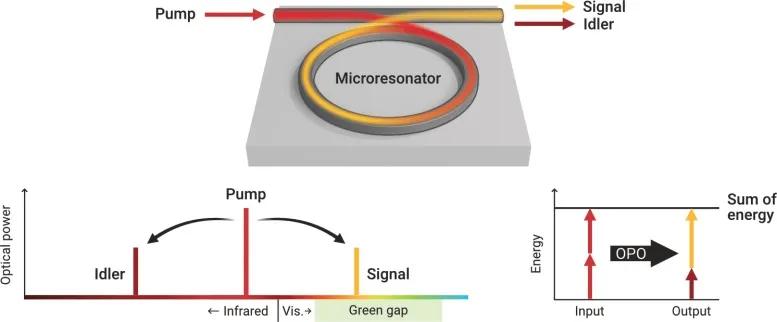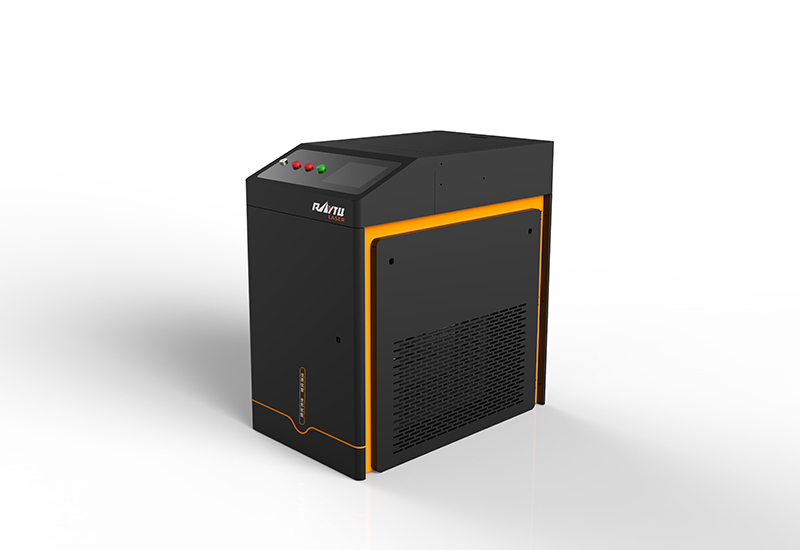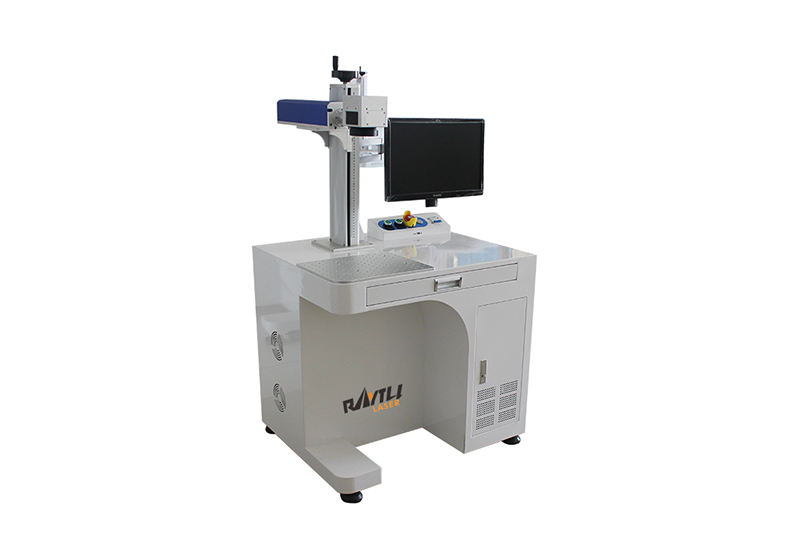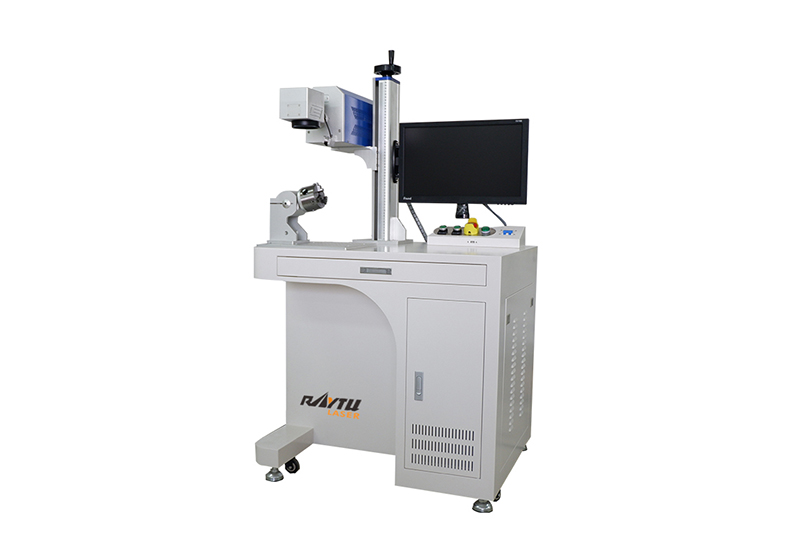For years, scientists have made small red and blue lasers, but there have always been technical challenges to developing lasers at other wavelengths. In recent years, researchers have made orange, yellow, and green lasers small enough to fit on a chip, filling an important technology gap. Low-noise small lasers in this wavelength range are important for quantum sensing, communications, and information processing.

1 Closing the green gap: innovations in laser technology
Currently, scientists have made high-quality small lasers that can produce red and blue light. However, their usual method of injecting current into semiconductors has not been very effective in making small lasers that can emit yellow and green wavelengths.

Researchers call the lack of stable microlasers in this area of the visible light spectrum the "green gap." Filling this gap brings new opportunities in underwater communications, medical treatments, and other fields. Green laser pointers have been around for 25 years, but they only produce a narrow spectrum of green light and are not integrated into chips to perform important tasks with other devices.
2 Advances in Optics
Now, scientists at the National Institute of Standards and Technology (NIST) have narrowed the gap in green light sources by adapting a tiny optical component: a ring-shaped microresonator that is small enough to fit on a chip.

Tiny green laser sources could improve underwater communications because water is nearly transparent to blue-green wavelengths in most aquatic environments. Other potential applications include full-color laser projection displays and laser treatments for diseases including diabetic retinopathy, a type of blood vessel growth in the eye.
3 Boosting quantum computing with green lasers
Compact lasers in this wavelength range are also important for applications in quantum computing and communications because they can store data in quantum bits, the basic unit of quantum information. Currently, these quantum applications rely on lasers that are large in size, weight, and power, which limits their ability to be deployed outside the laboratory.

For several years, a team led by NIST's Kartik Srinivasan and the Joint Quantum Institute (a research collaboration between NIST and the University of Maryland) has been using microresonators made of silicon nitride to convert infrared lasers into other wavelengths of light. When infrared light is pumped into the ring resonator, the light circulates thousands of times until it reaches an intensity strong enough to interact strongly with the silicon nitride. This interaction, called optical parametric oscillation (OPO), produces two new wavelengths of light, called idler and signal.
4 Optimizing laser production technology
In previous studies, the researchers produced visible laser light of several different colors. The size of the microresonator determines the color of the light produced, and depending on the size of the microresonator, the scientists produced light with red, orange, and yellow wavelengths, as well as light with a wavelength of 560 nm, which is right between yellow and green. However, the team could not produce all the yellow and green light needed to fill the green gap.

"We don't want to be good at detecting just a few wavelengths," said NIST scientist Yi Sun, a co-author of the new study. "We want to get the whole range of wavelengths in the gap." To fill the gap, the team improved the microresonator in two ways. First, the researchers made it slightly thicker. By changing the size of the microresonator, it was easier to produce light that could reach deep into the green gap, with wavelengths as short as 532 nm (billionths of a meter). With the wavelength range expanded, the researchers' study covers the entire gap.
The research team is now working to improve the energy efficiency of producing the green gap laser color. Currently, the output power is only a few percent of the input laser. Improving the coupling between the input laser and the waveguide that directs the light into the microresonator as well as better methods to extract the generated light could significantly increase efficiency.
 High Power Fiber Laser Cutting Machine
High Power Fiber Laser Cutting Machine
 Enclosed Fiber Laser Cutting Machine
Enclosed Fiber Laser Cutting Machine
 Sheet Metal Laser Cutting Machine
Sheet Metal Laser Cutting Machine
 Medium Power Metal Laser Cutting Machine
Medium Power Metal Laser Cutting Machine
 Automatic Tube Laser Cutting Machine
Automatic Tube Laser Cutting Machine
 Coil Fiber Laser Cutting Machine
Coil Fiber Laser Cutting Machine
 RTC-12036M 3 Chucks Tubeeber Laser Cutting Machine
RTC-12036M 3 Chucks Tubeeber Laser Cutting Machine
 Single Table Enclosed Fiber Laser Cutting Machine
Single Table Enclosed Fiber Laser Cutting Machine






 EN
EN ES
ES RU
RU AR
AR
















